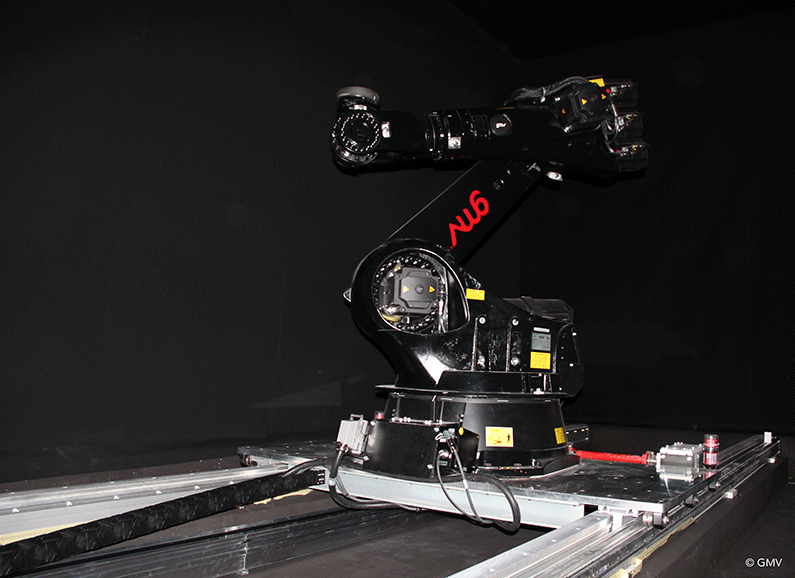Space-debris and satellite capture technology

Extending the useful life of satellites or repairing those that have suffered damage is a very attractive option for satellite operators. It could potentially increase margins for commercial services or the delivered return of science missions. Additionally, in-orbit assembly of large structures has been, since long time, identified as an enabler for manned missions to other planets. The orbital-debris situation too is becoming a growing worldwide concern, threatening the safety of astronauts, satellites and stations currently in use.
All the above mentioned scenarios and applications have a common denominator: they all call for an active and controlled spacecraft (chaser) that approaches and docks, captures or grasps another vehicle or piece of space debris (“target”) before then performing the desired operations. One of the fundamental and most complex technologies of the chaser still needs to be fully mastered for viable use. It is a complete control system, including guidance, navigation and control (GNC), onboard processing of target images to determine the target’s position and orientation as seen from the chaser and the robotic devices for making contact.
In this context GMV is now carrying out a project called On Ground validation of a Rigid Combo system (ORCO) for the European Space Agency (ESA). ORCO’s aim is to consolidate, integrate and validate key flight technologies required to perform complex robotic space scenarios needing a rigid capture mechanism such as a robotic arm.
First of all simulators and high-fidelity dynamic and contact models will be used to design/validate the different control subsystems. Finally, the validation and integration will be performed using GMV’s in-house platform-art© dynamic test facility, with the addition of the hardware provided by the partners: the robotic manipulator arm (LEMUR) from CBK (Poland) and the camera from TSD (Italy).
Real contact kinematics and dynamics will be provided through platform-art©. Together with the control systems, the chaser spacecraft will include a high level of autonomy based on an optical camera and the associated image processing, including 2D-3D model-based matching algorithms developed by GMV and embedded into space-representative avionics.
The whole international team is now working full-time in GMV’s various laboratories (simulation, optic, dynamic) to achieve integral development and consolidate the complete control system for the abovementioned applications.